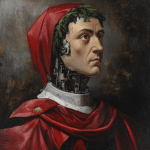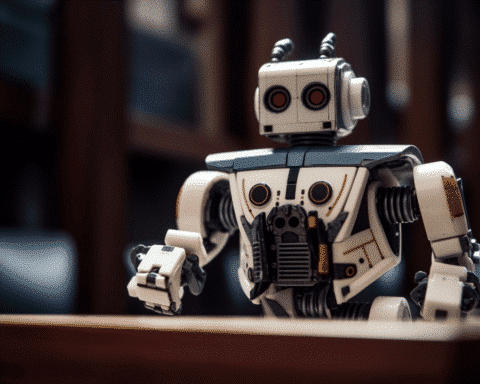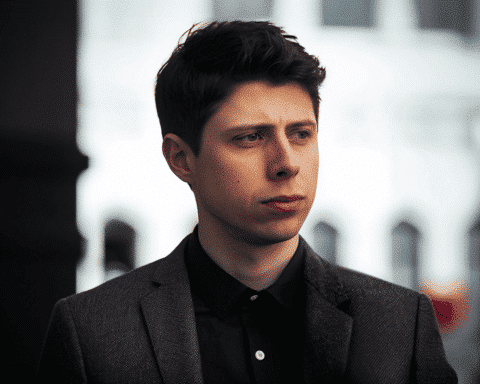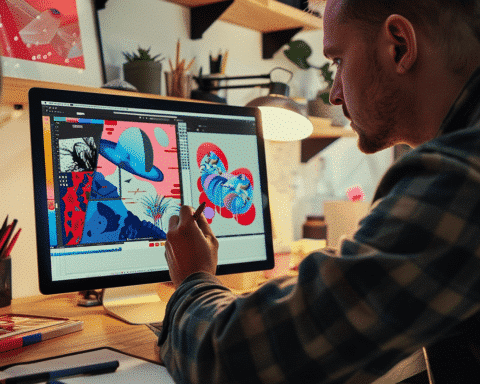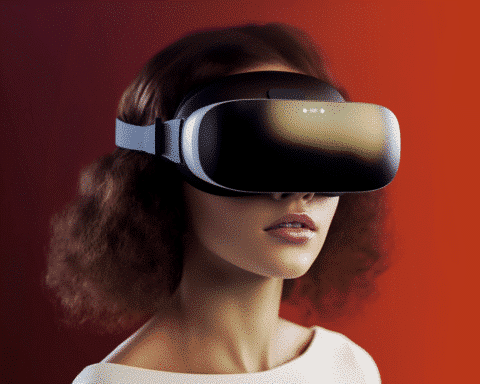Blurring the Line Between Beauty and Horror
Too many fingers, too many teeth—these unnerving anomalies marked the rise of generative AI imagery in recent years. As these digital creations went viral, they revealed their origins: a machine’s interpretation of human prompts. Brooklyn-based photographer and director Charlie Engman has embraced this strangeness, creating haunting, otherworldly images that question our understanding of the human body. His book, Cursed, explores unsettling themes with a mix of nostalgia, horror, and artful dissonance.
“AI does things very wrongly,” Engman told CNN. “It deconstructs physical gestures and human bodies in a raw and guttural way.”
Unsettling Imagery with a Purpose
Engman’s work in Cursed leans into AI’s imperfections. A man stands in a puddle with swan wings emerging from his shoulders, while a woman stares at a sculptural bust resembling her own face. These scenes seem real yet disturbingly altered. “What’s desirable, disgusting, beautiful, ugly—you’re forced to confront what those criteria are,” Engman explains. The book compels viewers to grapple with their visceral reactions to distorted human forms.
Artistic Experimentation with AI
Initially introduced to AI through the app Lensa, Engman became enthralled with Midjourney, a platform for generating images. He recalls the excitement of entering prompts and seeing the unexpected outcomes, likening it to a “slot machine.” This experimentation evolved into incorporating AI into his long-term collaboration with his mother, resulting in images where she appears as a limbless, moth-winged figure. These surreal depictions reflect broader questions about the limits and norms of the human body.
“What are the limitations of a normative body? When does a body start to move out of the normative frame, and what is the threshold?” Engman ponders.
Animals as Allegory
Animals play a significant role in Cursed, appearing as fragmented or hybrid forms. Swans, dogs, and horses serve as both aesthetic elements and symbolic tools, bridging human and non-human narratives. “They are categorically allegorical animals,” Engman notes, emphasizing their historical and artistic resonance. By blending human and animal forms, the images evoke questions about identity, transformation, and connection.
A Race Against Technology
The rapid evolution of AI technology presented challenges for Cursed. Early images with six-fingered hands now feel outdated as AI programs improve. “The first images I made for the project and the last almost couldn’t co-exist,” Engman admits. Yet, this dynamic fascinated him, turning the book into a time capsule for a fleeting moment in AI’s development.
“As I’m making the book, it’s already out of sync with what’s happening,” he said.
The Future of AI and Art
Engman is neither anxious nor overly optimistic about AI’s future. He acknowledges a possible “ceiling” to generative AI’s capabilities but believes the technology should always serve the content. Whether AI evolves to create even more lifelike or uncanny images, Cursed stands as a testament to the human imagination and its collaboration with machines.
“The technology has to be subservient to the content,” he asserts.Charlie Engman’s Cursed pushes the boundaries of art and technology, challenging perceptions of beauty, humanity, and the body. As AI continues to evolve, Engman’s work reminds us of the importance of content over tools, leaving a lasting impression of disquiet and wonder.
